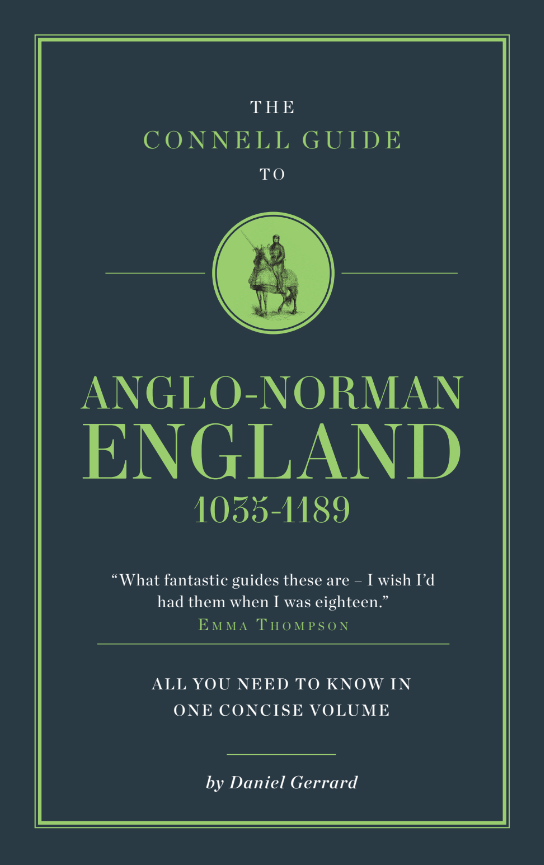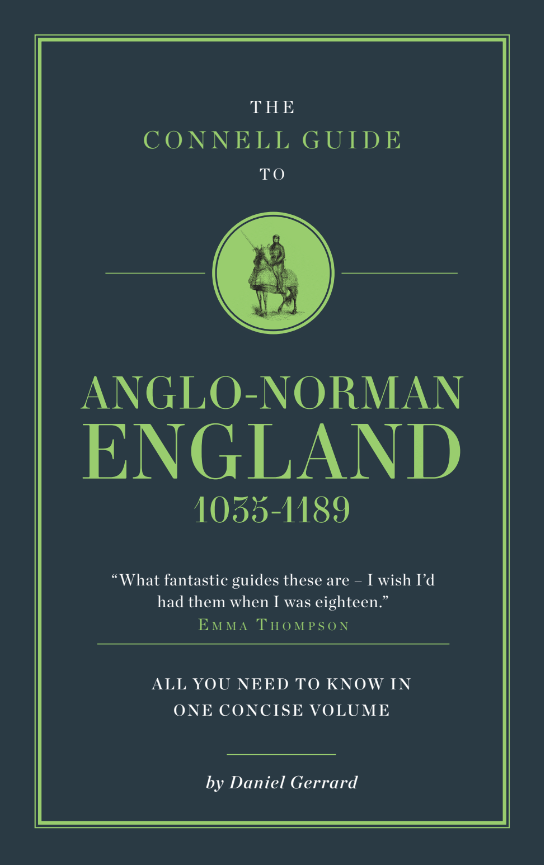The Connell Guide to Anlgo-Norman England
The Connell Guide to Anlgo-Norman England
Couldn't load pickup availability
Anglo-Saxon England emerged from the Viking age as one of the wealthiest and best organised kingdoms in Christendom, with a powerful army and system of government, a wealthy and sophisticated church, and a flourishing artistic tradition. In 1066, however, the country suffered shattering defeat when William the Conqueror crossed the Channel and defeated King Harold at the Battle of Hastings. In the centuries that followed, English politics remained turbulent, and English kings clashed repeatedly with restless nobles, ambitious archbishops, and even their own children, all while struggling to maintain their position in the face of the rising power of the Kingdom of France. In this short guide, Daniel Gerrard tells the story of England’s transformation from Anglo-Saxon to Norman rule, and looks at the momentous consequences of the Norman Conquest.
ISBN-paperback: 978-1-911187-71-4
Contents
The Anglo Saxon world The inheritance of Wessex
Cnut and the Conquest of 1016-17
Harold I, Harthacnut, and Edward “the Confessor”
France and the Dukes of Normandy
The Norman Conquest of England (1066-1070)
A short summary of what happened
Why was there a succession crisis in 1066?
Why was the Norman invasion successful?
What were the effects of the Norman Conquest?
The English state (1070-1135)
The struggle for control
Kings and archbishops
The machinery of the state
The reforms of Henry I
Was there a “Norman Empire”?
The reign of King Stephen (1135-1154)
A short summary of Stephen’s reign
Was there “anarchy” in King Stephen’s Reign?
Henry II, Thomas Becket and the “Angevin Empire”
A short outline
The restoration of the English state
What was the Becket Crisis really about?
Conclusion
NOTES
Five facts about England 1035-1189
Further reading



